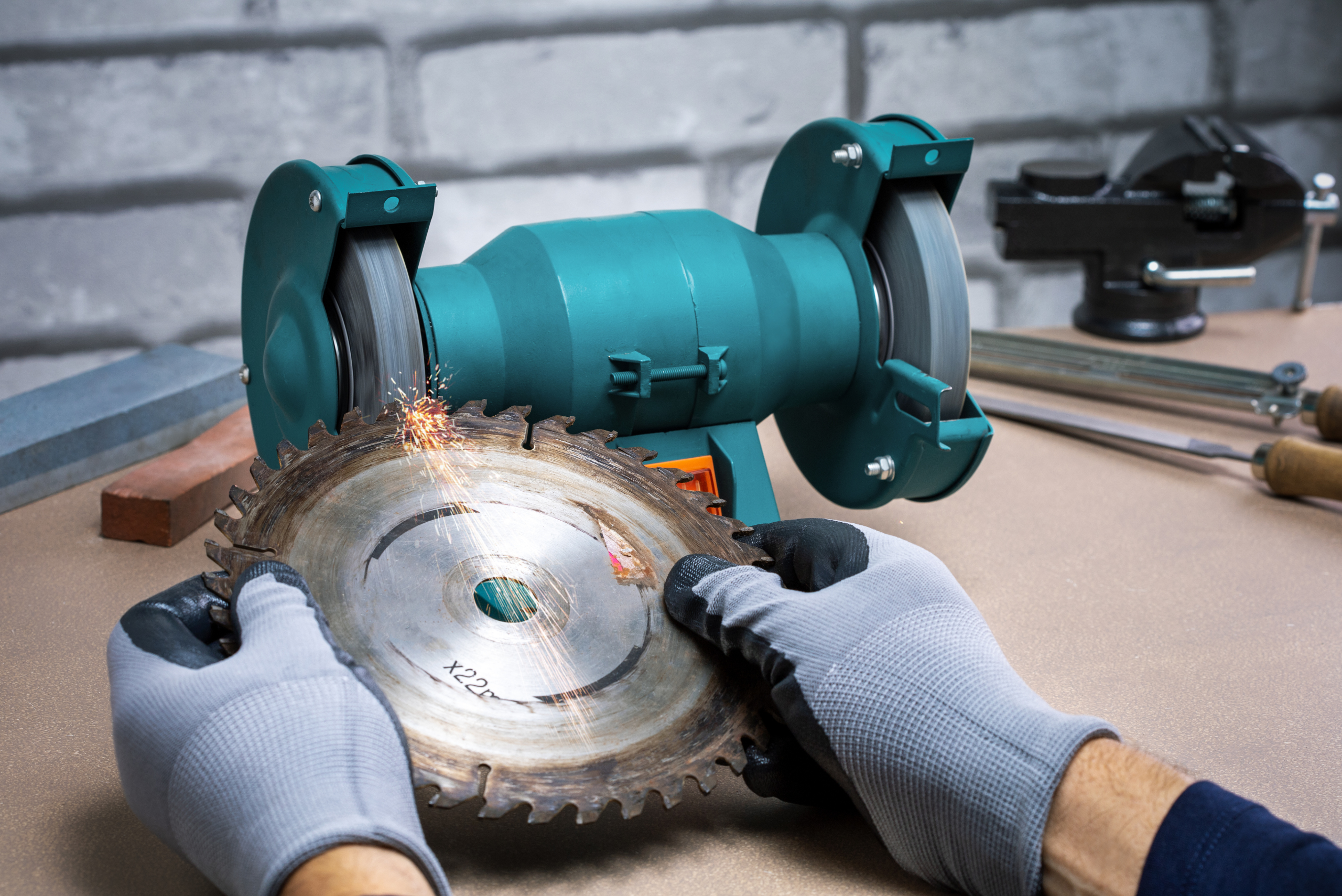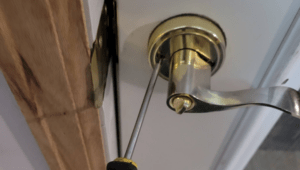Tips And Techniques For Using A Circular Saw
The circular saw, a mainstay in the toolkit of DIY enthusiasts and professionals alike, offers a blend of versatility and power that makes it indispensable for a wide array of projects. From building decks to crafting bespoke furniture, understanding how to use a circular saw can elevate your woodworking game from novice to noteworthy. Let’s get into the essentials of this powerful tool, ensuring you can cut with confidence and precision on your next project. Read on to let us know what you learned.
The First Step to Mastery is Understanding Your Circular Saw
At first glance, a circular saw might seem intimidating with its sharp blade and loud noise. However, getting to know the parts of your circular saw is the first step toward using it with confidence. The main components include the blade, the motor, the base plate, and the safety guard. Each part plays a crucial role in ensuring accurate and safe cuts.
The blade, the heart of the saw, comes in various sizes and types, each suited to different materials and cuts. The motor powers the blade, and its strength is measured in amps, with higher amps indicating a more powerful saw. The base plate provides stability, allowing for precise cuts, while the safety guard protects you from the spinning blade. Familiarizing yourself with these parts will not only demystify the tool but also enhance your ability to use it effectively.
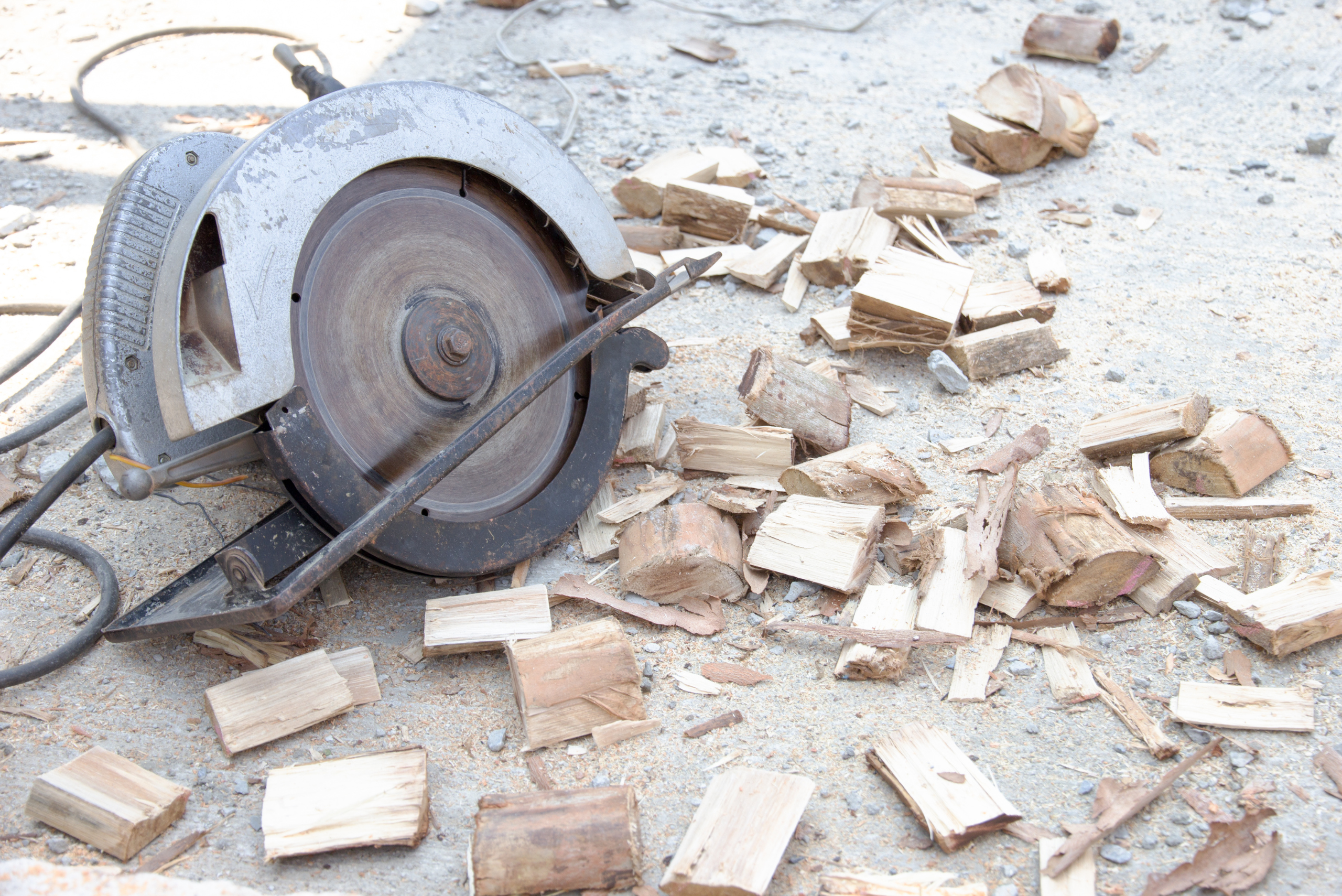
Choosing the Right Blade is The Key to Clean Cuts
Selecting the appropriate blade for your project is crucial for achieving clean, precise cuts. Circular saw blades vary in size, with the most common sizes being 6.5 inches and 7.25 inches. The material of the blade, typically steel or carbide, influences its durability and the types of cuts it can make.
For general woodworking, a carbide-tipped blade offers a good balance of durability and precision. The number of teeth on the blade also affects the cut, with more teeth producing smoother cuts. When preparing for a project, consider the material you’ll be cutting and choose a blade designed for that material to ensure the best results.
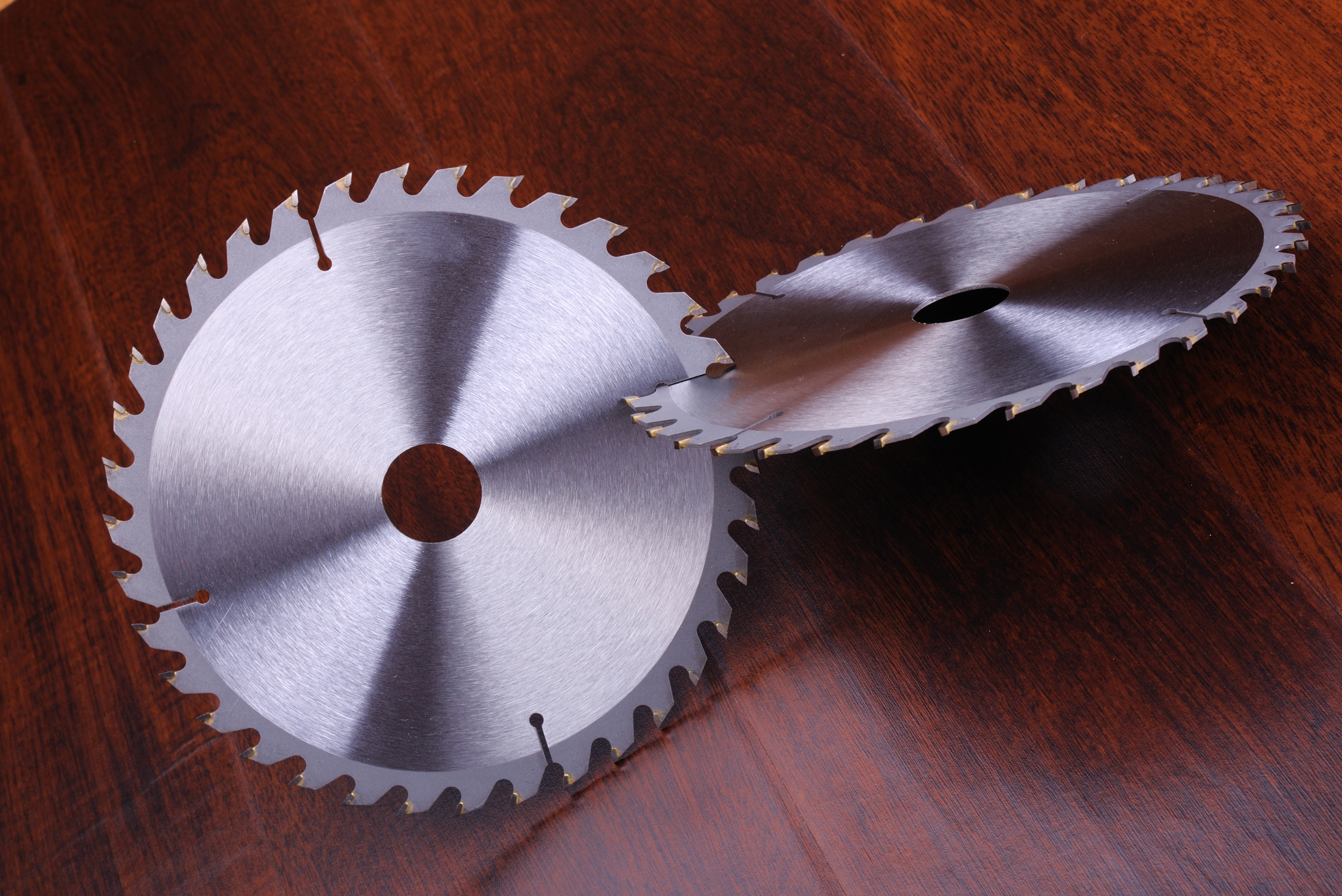
Safety First – Essential Tips for Using a Circular Saw
Safety should always be your top priority when working with a circular saw. Before you start cutting, ensure you’re wearing the appropriate safety gear, including eye protection, ear protection, and a dust mask. Familiarize yourself with the saw’s safety features, such as the blade guard and the safety switch.
Always ensure the material you’re cutting is securely clamped down and that the cutting path is clear of obstructions. When making a cut, hold the saw firmly with both hands and keep your body to the side of the cutting path to avoid kickback. By following these safety precautions, you can minimize the risk of accidents and enjoy a more productive woodworking experience.

Techniques for Precision and Accuracy When Making the Cut
Achieving precision and accuracy with a circular saw comes down to technique and practice. For straight cuts, using a guide rail or a straight edge clamped to the material can help ensure the saw stays on course. When making plunge cuts, where the blade enters the material away from the edge, carefully align the blade with the cut line and gently lower the saw into the material.
For bevel cuts, adjust the base plate to the desired angle, ensuring it’s securely locked before beginning the cut. Remember to allow the saw to reach full speed before contacting the material and to maintain a steady pace for a smooth cut. With practice, these techniques will become second nature, allowing you to tackle a wide range of projects with confidence.
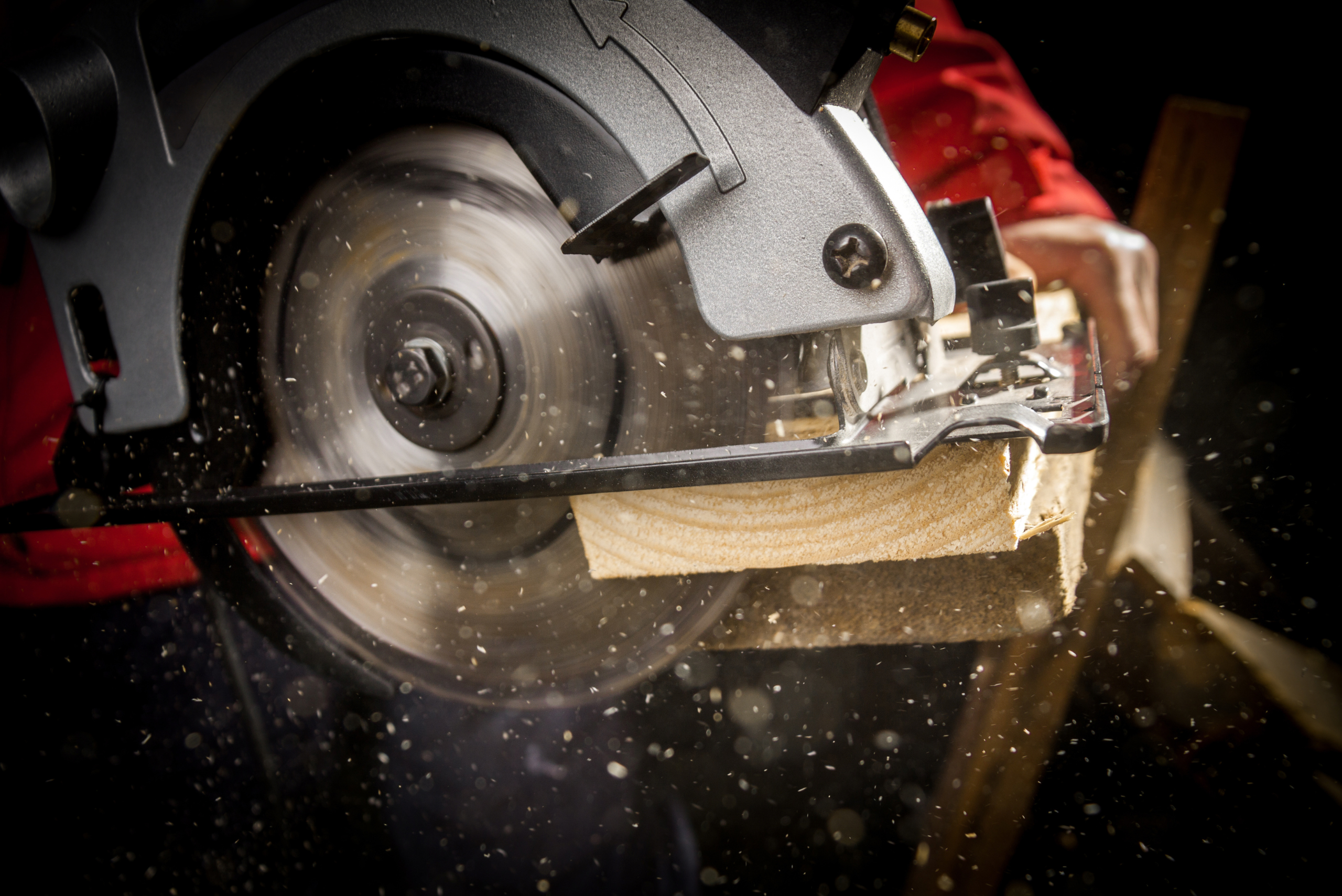
Maintenance and Care For Prolonging the Life of Your Circular Saw
Proper maintenance and care are essential for keeping your circular saw in top working condition. Regularly cleaning the saw, including the blade and the motor housing, can prevent buildup that might interfere with its operation.
Sharpening or replacing the blade when it becomes dull ensures clean, efficient cuts and reduces strain on the motor. Checking the cord for damage and ensuring all bolts and adjustments are tight can prevent accidents and maintain accuracy. By dedicating time to maintaining your circular saw, you can extend its lifespan and ensure it’s ready for whatever project comes next.
The circular saw is a powerful and versatile tool that, when mastered, can significantly elevate the quality of your DIY projects. By understanding the parts of the saw, selecting the right blade, prioritizing safety, mastering cutting techniques, and committing to regular maintenance, you can harness the full potential of this indispensable tool. Whether you’re building furniture, crafting custom shelving, or tackling home renovations, a circular saw can help you achieve professional-grade results. So, grab that circular saw in your toolkit, and let your creativity and craftsmanship shine.
Ready to start your next project? Join our DIY community to receive tool tips, how-to guides, and exclusive creative insights. Subscribe to the ManMadeDIY newsletter now!
